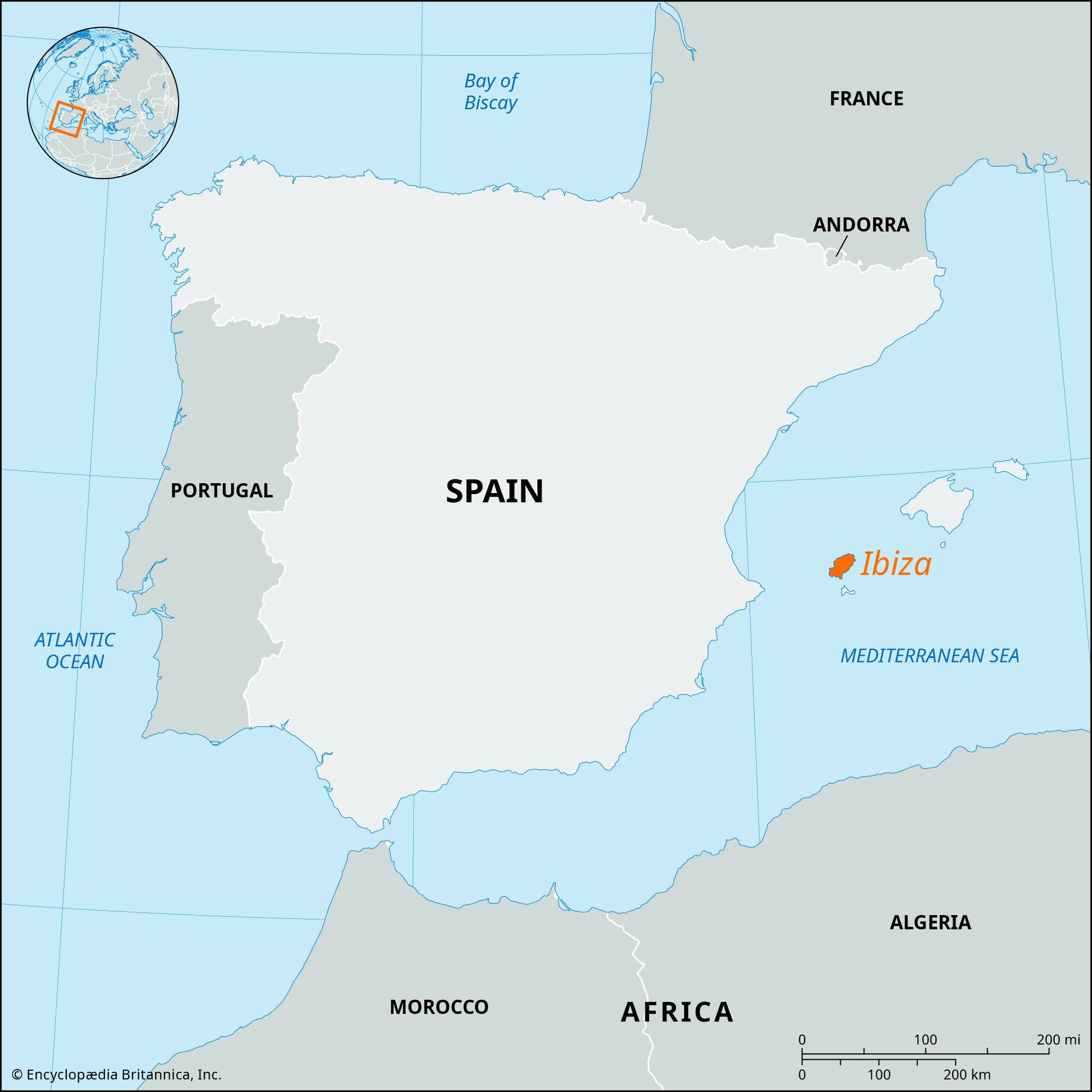Ibiza, globally renowned for its vibrant nightlife and stunning Mediterranean landscapes, is a jewel nestled in the western Mediterranean Sea. But where is Ibiza exactly? This guide will pinpoint the island’s location, exploring its geographical context, historical significance, and the features that make it a unique destination.
Ibiza is part of the Balearic Islands, an archipelago and an autonomous community of Spain. Specifically, it is the third largest of these islands, situated approximately 50 miles (80 kilometers) southwest of Majorca, the largest island in the Balearics. Positioned in the western Mediterranean, Ibiza has long held a strategic location, historically significant for various civilizations.
Its geographical coordinates place it off the eastern coast of Spain. This location in the Mediterranean Sea has made Ibiza a crossroads of cultures throughout history. In ancient times, its strategic position was recognized by both the Phoenicians and Carthaginians, who inhabited the island and utilized it as a vital point in their Mediterranean networks. Today, relics of this rich past are preserved in archaeological sites and the Archaeological Museum in Ibiza city, also known as La Vila.
 Locator map of Ibiza, Spain, situated in the Balearic Islands within the Mediterranean Sea.
Locator map of Ibiza, Spain, situated in the Balearic Islands within the Mediterranean Sea.
The island’s landscape is characterized by a hilly terrain, reaching its highest point at La Atalaya, which stands at 1,558 feet (475 meters). Notably, the northern coast dramatically transforms into a costa brava, a rugged coastline marked by impressive cliffs that tower over 800 feet (240 meters). These cliffs are interspersed with beautiful calas, small, picturesque coves that are characteristic of the Mediterranean coastline. In contrast to the rugged coast, Ibiza also features irrigated lowlands and terraced hillsides, showcasing a diverse agricultural landscape. Historically, agriculture has been primarily for subsistence, with exports including almonds, dried figs, and apricots. Salt production through seawater evaporation has been a key export for centuries, alongside fish and charcoal.
While many inhabitants still reside in farms and small villages scattered across the island, Ibiza has experienced significant population growth since the late 20th century. This surge is largely attributed to tourism, drawn by the island’s mild winter climate and inviting beaches. The most populous centers are Ibiza city, San Antonio, and Santa Eularia del Río, which serve as hubs for visitors exploring the island. Recognized for its exceptional natural value, Ibiza was designated a UNESCO World Heritage site in 1999, celebrated for its unique and diverse ecosystems. Covering an area of 221 square miles (572 square kilometers), Ibiza is more than just a party destination; it’s an island rich in history, diverse geography, and ecological significance, perfectly located in the heart of the Mediterranean.

